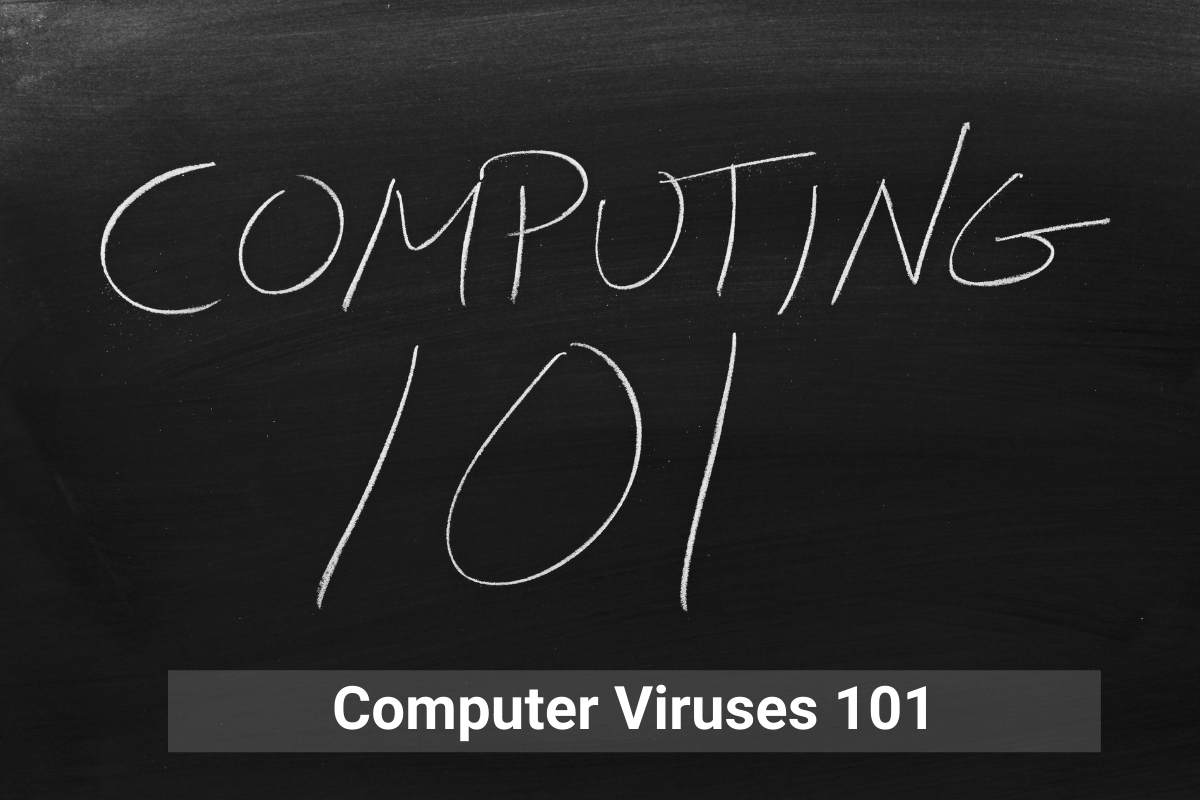Nobody likes being sick. When you’re suffering with a cold, you can’t function at full capacity.
It may seem absurd, but your computer, like you, can catch a cold. Okay, not exactly like you—you won’t infect your computer by sneezing on it—but there is some resemblance.
The label “virus” was given to computer viruses because of the manner they infect a system. Doctors can typically diagnose a virus based on the symptoms displayed by the body. IT specialists can accomplish the same thing with computers. The following are typical indicators of computer virus infections:
- Crashing and blue screen issues on a regular basis
- Performance is slow.
- Files are missing; storage is limited.
- Unusual activity
- Constant pop-ups in the browser
- Programs that are unidentifiable
- Increased network activity
- Security software is disabled
Most Common types of Computer Viruses:
Resident Virus
A resident virus is a type of computer virus that hides and stores itself within the computer memory, enabling it to infect any file that the computer runs, depending on the virus’ programming.
Resident viruses set up shop in your RAM and meddle with your system operations. They’re so sneaky that they can even attach themselves to your anti-virus software files.
Multipartite Virus:
A multipartite virus is a fast-moving virus that attacks the boot sector and executable files simultaneously using file infectors or boot infectors. The majority of viruses affect the boot sector, the system, or the programme files. The multipartite virus has the ability to affect both the boot sector and the programme files at the same time, causing more damage than any other type of virus. When the boot sector is infected, simply turning on the computer will activate a boot sector virus because it latches onto the hard drive containing the data required to start the computer. When the virus is activated, destructive payloads are distributed throughout the programme files.
Browser hijacker:
A browser hijacker is a type of malware that modifies web browser settings without the user’s knowledge and redirects the user to websites that the user did not intend to visit. Because it redirects the browser to other, usually malicious, websites, it is commonly referred to as a browser redirect virus.
Overwrite Virus:
This virus can corrupt and cause irreparable damage to entire files, folders and even your entire device. It can be implied by the name that this virus overwrites the basic primary code of your files and makes them non-functional.
Web Scripting Virus:
As the name suggests, Web Scripting virus breaches web browser security. It usually comes disguised as clickbait titles, links, ads, images, videos and malicious software that injects code into your system and is capable to alter browser settings.
Network Virus:
The most precise definition of a “network virus” is a relatively new sort of malware that spreads from computer to computer without requiring a file-based duplicate of itself to be dropped in any of the impacted machines. These viruses only live as network packets and in memory as they migrate from one computer to another.
